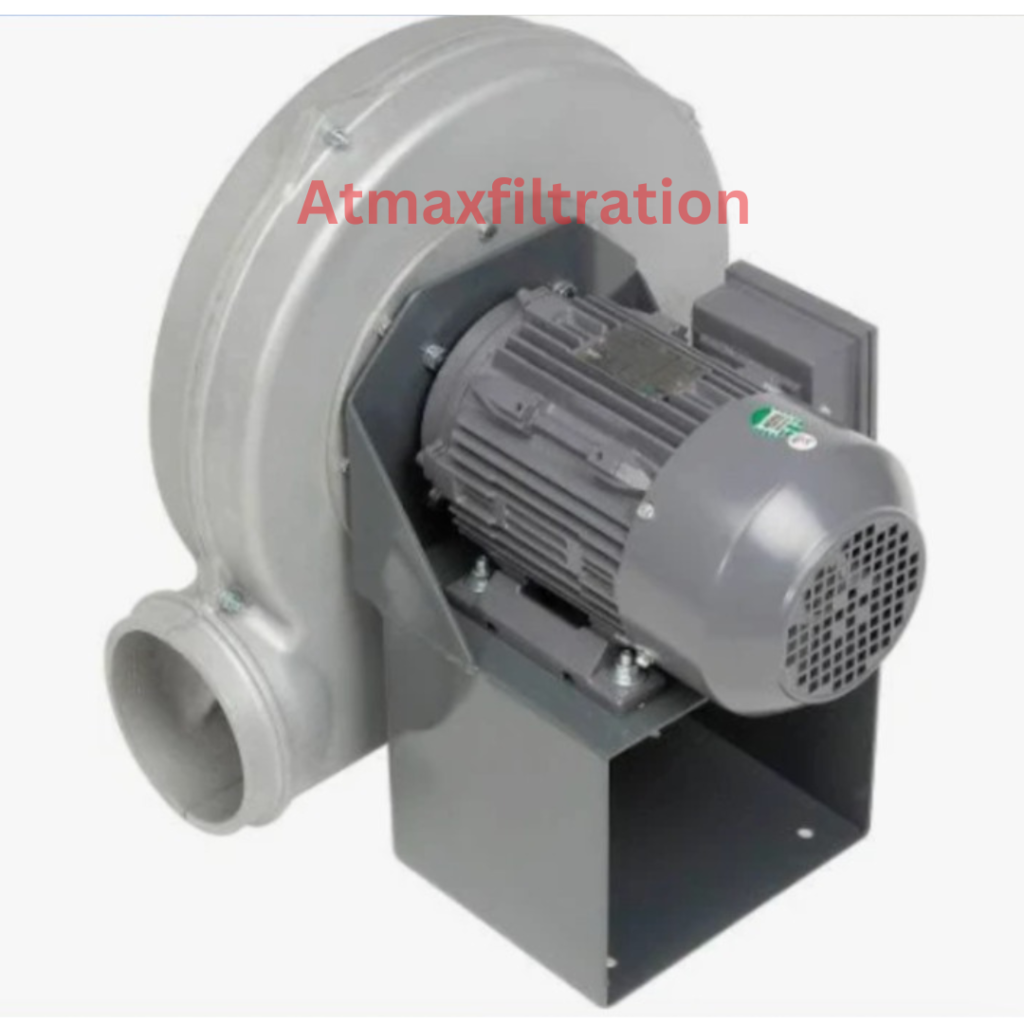In many industrial applications, particularly those involving the movement of air through volatile environments, the risk of fire or explosion is a critical concern.
Industries such as petrochemicals, mining, grain processing, and paint spraying often deal with flammable gases, vapors, or fine dust that can ignite under certain conditions.To mitigate this risk, engineers use specially designed ventilation systems, commonly known as spark-resistant fans.
While the term explosion-proof is frequently misapplied, no fan can be completely explosion-proof. Instead, these systems are designed to reduce the likelihood of spark generation that could ignite an explosive atmosphere.
Classifications for Spark Resistance as per AMCA Standard 99
The Air Movement and Control Association (AMCA) developed Standard 99 to classify fans based on their spark-resistant properties.
- Type A: The highest spark resistance, using non-ferrous materials for all components in contact with the airstream.
- Type B: Medium spark resistance, with a non-ferrous impeller but ferrous housing.
- Type C: Entry-level spark resistance, focusing on minimizing contact between moving parts, even with ferrous materials.
These classifications allow industries to select fans appropriate for their specific safety needs.
Industry Applications Of Spark-Resistant Fans
Spark-resistant fans are used in industries with high explosion risks. Petrochemical plants require these fans to ventilate flammable gases safely. Grain mills use them to prevent dust explosions, which can occur when fine dust particles are ignited. In mining, they help remove flammable gases like methane. Paint booths and textile mills also rely on spark-resistant fans to safely manage fumes and dust.
Are Explosion-Proof or Spark-Resistant Fans Worth the Investment?
Explosion-proof fans, designed to operate in hazardous environments where flammable gases, vapors, or dust may be present, are a crucial safety measure. But are they worth the investment? Let’s break down the key factors that can help.
1. Safety and Risk Mitigation
- Primary Value: The main reason for investing in explosion-proof fans is safety. In industries like oil and gas, chemical processing, mining, or grain handling, the presence of flammable materials can lead to disastrous consequences if not managed properly. An explosion-proof fan can help prevent ignition by containing sparks within the motor or impeller and controlling airflow.
- Avoiding Catastrophe: An explosion in such environments could result in loss of life, severe injuries, damage to facilities, and significant operational downtime. The cost of a single incident far exceeds the investment in proper safety equipment like explosion-proof fans.
2. Compliance with Regulations
- Regulatory Requirements: Many industries are legally required to install explosion-proof equipment in hazardous locations. Failing to comply with safety standards such as OSHA, NEC, ATEX, or NFPA can result in heavy fines, legal liabilities, or even forced shutdowns.
- Long-Term Viability: Adhering to these regulations is critical for the long-term sustainability of a business. Investing in explosion-proof fans ensures that companies stay compliant and avoid the costs associated with non-compliance, including reputational damage.
3. Operational Continuity
- Minimizing Downtime: Hazardous environments often require special equipment to operate continuously without causing disruptions. Explosion-proof fans are designed to handle extreme conditions, which means they are less likely to fail, reducing the risk of costly shutdowns.
- Reliability: High-quality explosion-proof fans are built with materials like aluminum or stainless steel, which are resistant to corrosion and wear. This reliability contributes to fewer breakdowns and less maintenance, keeping operations running smoothly.
4. Cost vs. Long-Term Savings
- Initial Cost: Explosion-proof fans are more expensive than standard fans due to the special materials, engineering, and certifications required. This upfront investment may seem steep, but it’s essential to compare it to the cost of potential explosions or non-compliance penalties.
- ROI through Risk Reduction: Investing in safety equipment like explosion-proof fans offers a long-term return by reducing the likelihood of accidents, damage to equipment, and injury-related costs. Many companies find that the expense is justified when weighed against the total cost of risk.
Is It Worth the Investment?
The investment in explosion-proof fans is justified by their ability to prevent accidents, ensure compliance, and minimize operational risks. While the upfront cost may be higher, the long-term benefits, including risk reduction, improved operational reliability, and potential savings on insurance, make them a smart and necessary investment for industries dealing with hazardous materials.

